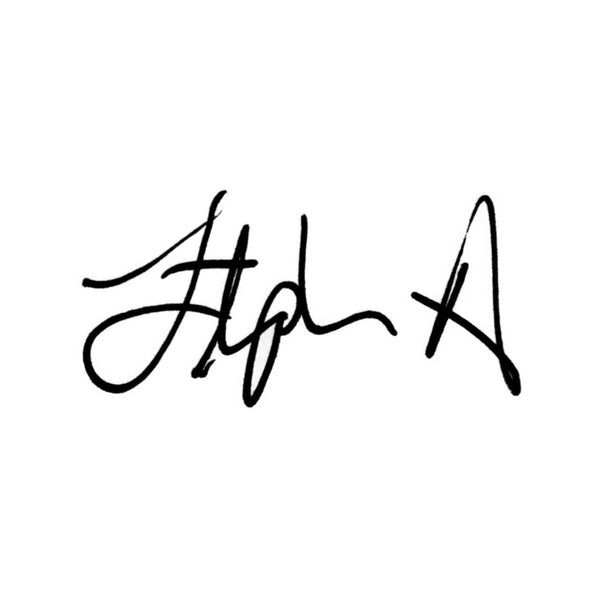What are the differences between exclusive and lease licenses?
Share
Beat Store : https://stephenallenmusic.beatstars.com/
When selling beats, understanding the difference between exclusive and lease licenses is crucial for both producers and buyers. These licenses define how a beat can be used, who owns what rights, and how many people can use the same beat.
Key Differences
1. Ownership and Rights
- Exclusive License:
- Buyer gains full ownership rights (usually master use and sometimes publishing)
- Producer cannot sell the beat to anyone else after the sale
- Buyer can use it freely for commercial releases, syncs, and more
- Lease License:
- Producer retains ownership and can sell the same beat multiple times
- Buyer gets a limited, non-exclusive license to use the beat
- Usage rights are restricted by the lease terms (e.g., streaming limits, no sublicensing)
2. Price
- Exclusive licenses command a higher price due to exclusivity and full rights
- Leases are priced lower, allowing more artists to afford them
3. Usage Restrictions
- Exclusive: Usually no restrictions after purchase (beyond standard copyright laws)
- Lease: Restrictions often include:
- Limited number of sales or streams (e.g., 10,000 streams max)
- No commercial syncs or TV/film use without upgrade
- No resale or sublicensing allowed
4. Delivery and Contract
- Exclusive deals often include a written contract or agreement specifying the full transfer of rights
- Leases usually come with a standard lease agreement outlining terms and limitations
Why Choose One Over the Other?
- Exclusive Licenses suit artists or labels wanting unique control
- Leases appeal to artists with smaller budgets or those testing beats before committing
- Producers benefit by balancing income from many leases and fewer, bigger exclusive sales
Final Thought:
Understanding these differences helps you price and package your beats correctly, and sets clear expectations with buyers—leading to smoother sales and fewer disputes.
